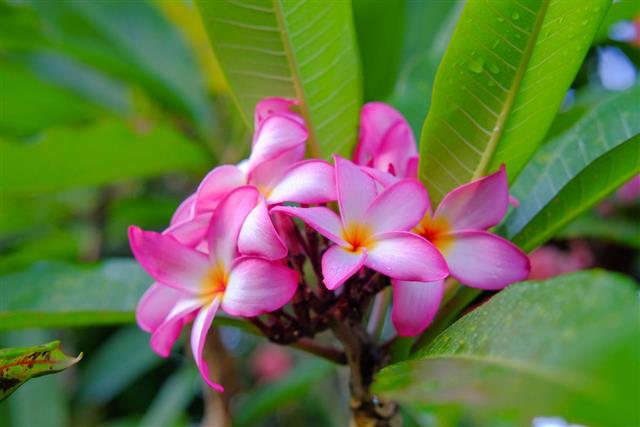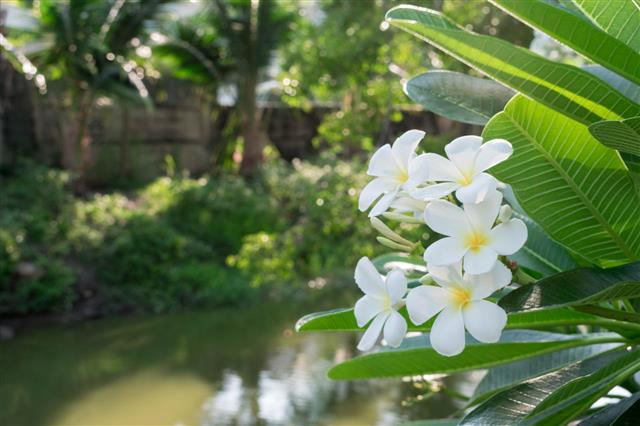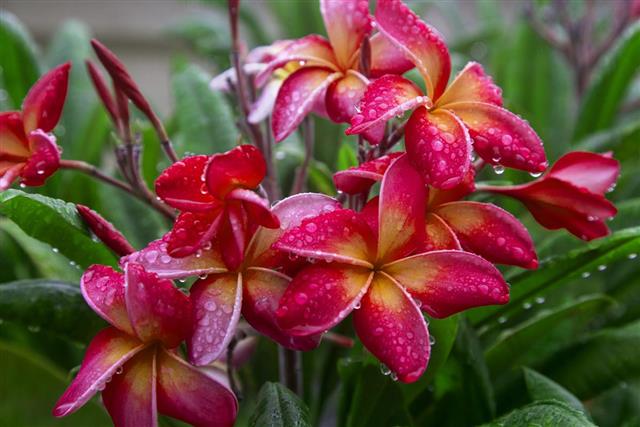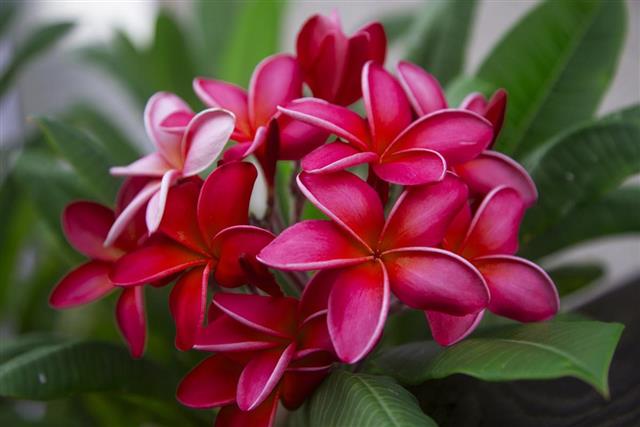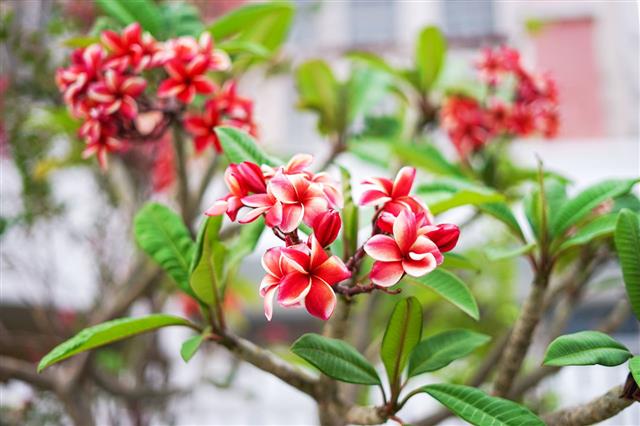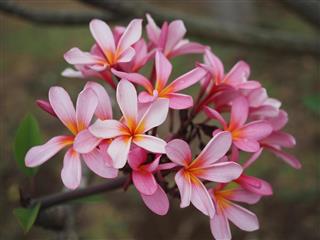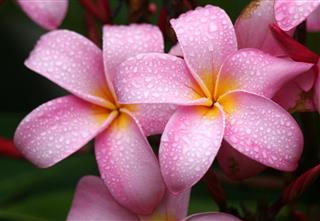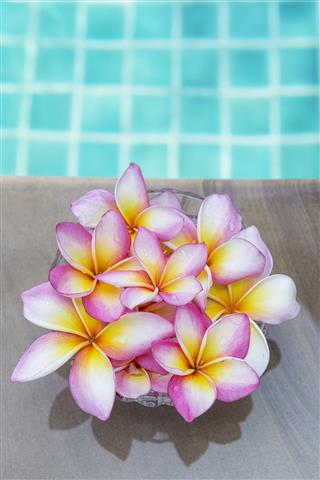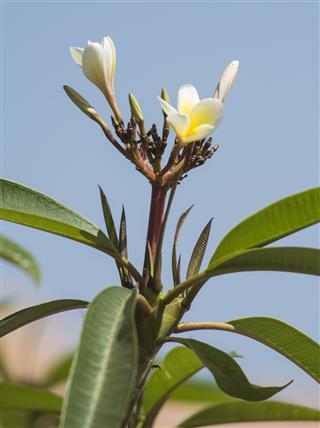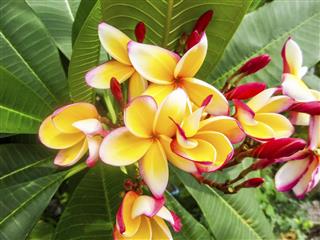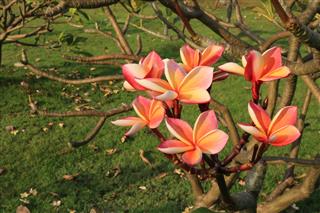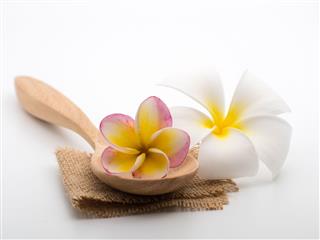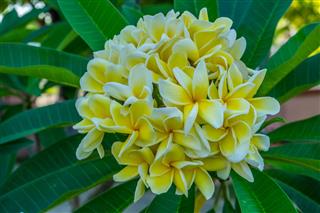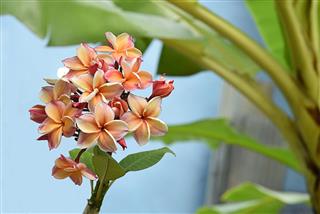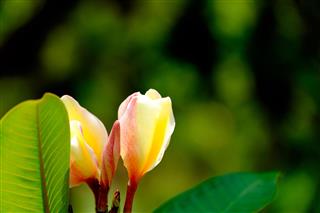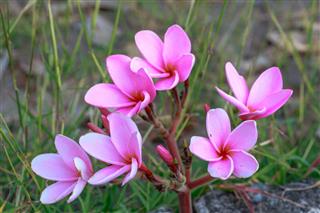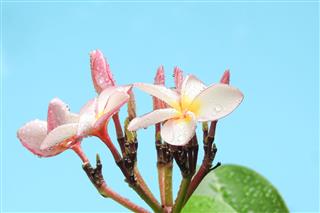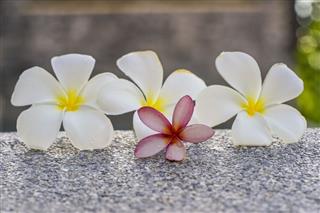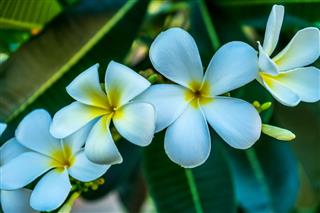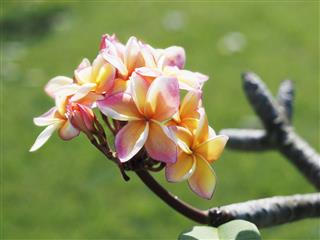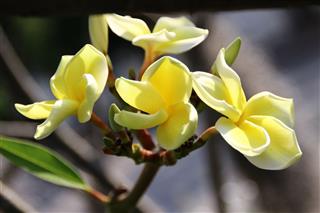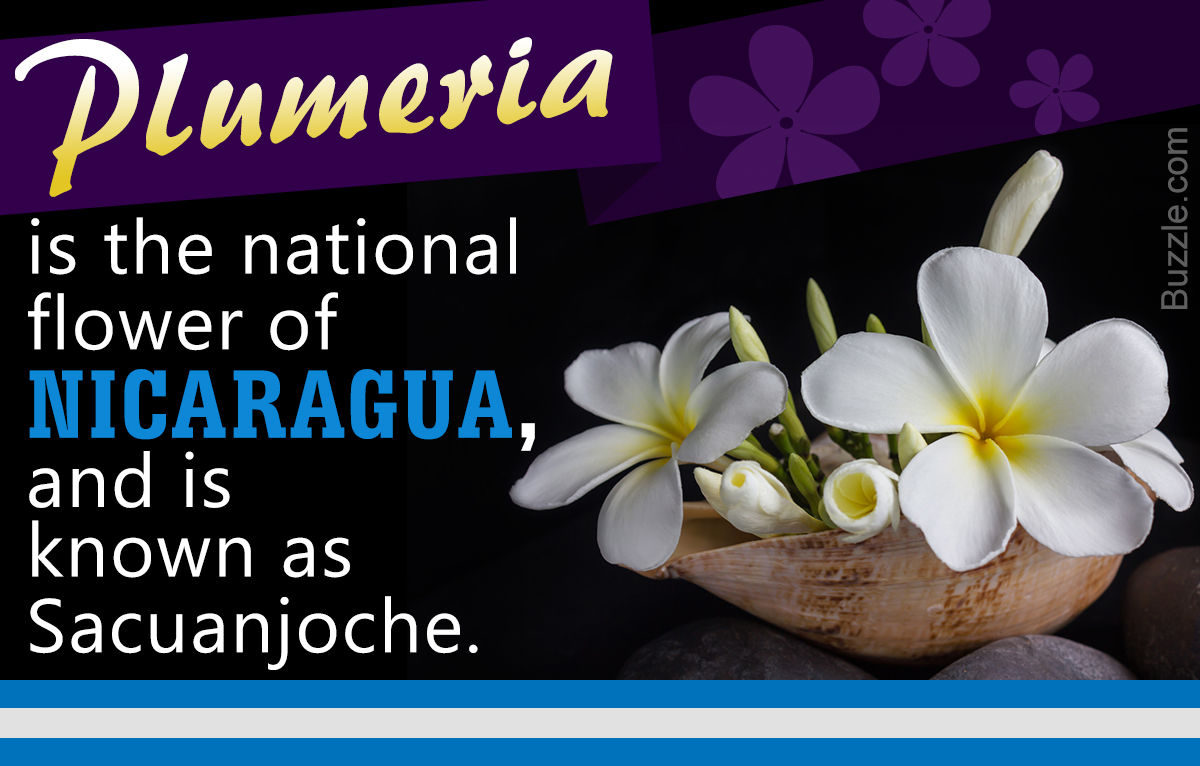
Also known as frangipani, plumerias have the gorgeous power to add a touch of the islands in your backyard. But before you do so, let us go over some facts about tropical plumeria flower in order to take proper care of them.
Flowers can spruce up any environment with their beauty and fragrance. I am sure many people would love to have a huge garden brimming with colorful flowers of all sorts. One such beautiful flower that crops up in my mind is the tropical plumeria. With over 300 species that are native to Central America, Mexico, South America, the Caribbean, and Brazil, these tropical flower plants can be grown as shrubs and small trees.
| Kingdom | Plantae |
| Order | Gentianales |
| Family | Apocynaceae |
| Subfamily | Rauvolfioideae |
| Tribe | Plumerieae |
| Genus | Plumeria |
Of course, depending on the variety you choose, the size of the tree will differ. Keeping this information in mind, why don’t we move on to the main topic at hand. Following are some wonderful facts about the flowers availed from the plumeria trees.
Fun Facts about the Plumeria
Even though we are talking about tropical plumeria flowers, the most amazing fact is that the trees can be grown in sub-tropical regions as well.
The Tree and its Leaves
The trees can grow up to 30 feet in height with a wide, broad canopy. The shape of the leaves vary as per the species as each have their own distinct growth habits. On an average, the leaves tend to have a dull green shade with a glossy texture. The width of the leaves may vary from 2 to 4 inches or 8 to 12 inches. If the plant belongs to the deciduous variety, the leaves generally fall off during winter and the new leaves will appear in spring.
Flowers
The fragrant flowers appear in clusters, and also at the ends of the branches. Each flower has 5 petals that are around 2 to 3 inches in diameter. They are related to the oleander and don’t have any nectar in them. You can find flowers in white, pink, red, or yellow colors. However, the most common plumeria found are white in color with yellow centers. The plant produces seeds on an occasional basis; usually at the time of pollination; you can notice two narrow pods inside. These pods are around 7 inches in length and contain around 20 to 60 seeds. Insects in their pursuit for nectar tend to get duped and end up being pollinators by transferring the pollen from one flower to another while looking for nectar.
People who live in the colder areas can grow them in a container. If you notice a drop in temperature, you would need to keep them in a warmer environment. For Tropical Plumerias that are grown in a container, note that the soil should be well-drained and here, you can try a mixture of cactus along with sand and perlite. Place the end of the cutting at least two inches deep into the soil.
Fertilizer Requirement
Always ensure that the fertilizer you use is high in nitrogen and phosphorous. Use the latter from the early weeks of May. Doing so will help the plants bloom more and more flowers. Avoid watering the plants more than required. This should be done in case the soil becomes really dry.
This plant may face a problem for its leaves when there is an orange powder on its undersides. This can happen if there is an excess of a wet condition, causing the leaves to fall off. The stems of the plant are susceptible to black mold. This can happen because of a substance that is produced by various types of insects. While growing the plumeria, be careful of the long-horned beetle. Sometimes, apart from using insecticides, you may also need to remove the infected branches to save the plant.
The Uses
Tropical plumeria is used as a common feature for decoration in most backyards and well-planned landscapes. This is very well suited for hot climates therefore; you must note that such plants would require loads of sunlight for proper growth. The plant can be grown in your garden with one portion of its cuttings, and should always be planted in a well-drained soil. The soil should also be slightly acidic in nature. When the rooting of the cutting is happening, do not water them too frequently.
The Various Name
The flower is named after a French botanist named Charles Plumier. The plumeria was also spelled as the Plumiera earlier. In Mexico, this flower is also known as the crow flower (cacalloxochiti). People from India refer to them as the champa, whereas the people from Thailand called them Lantom.
This beautiful and fragrant flower can bring about a fresh look for any landscape. With proper care, you can enjoy the beauty of these wonderful flowers right in your own backyard.
